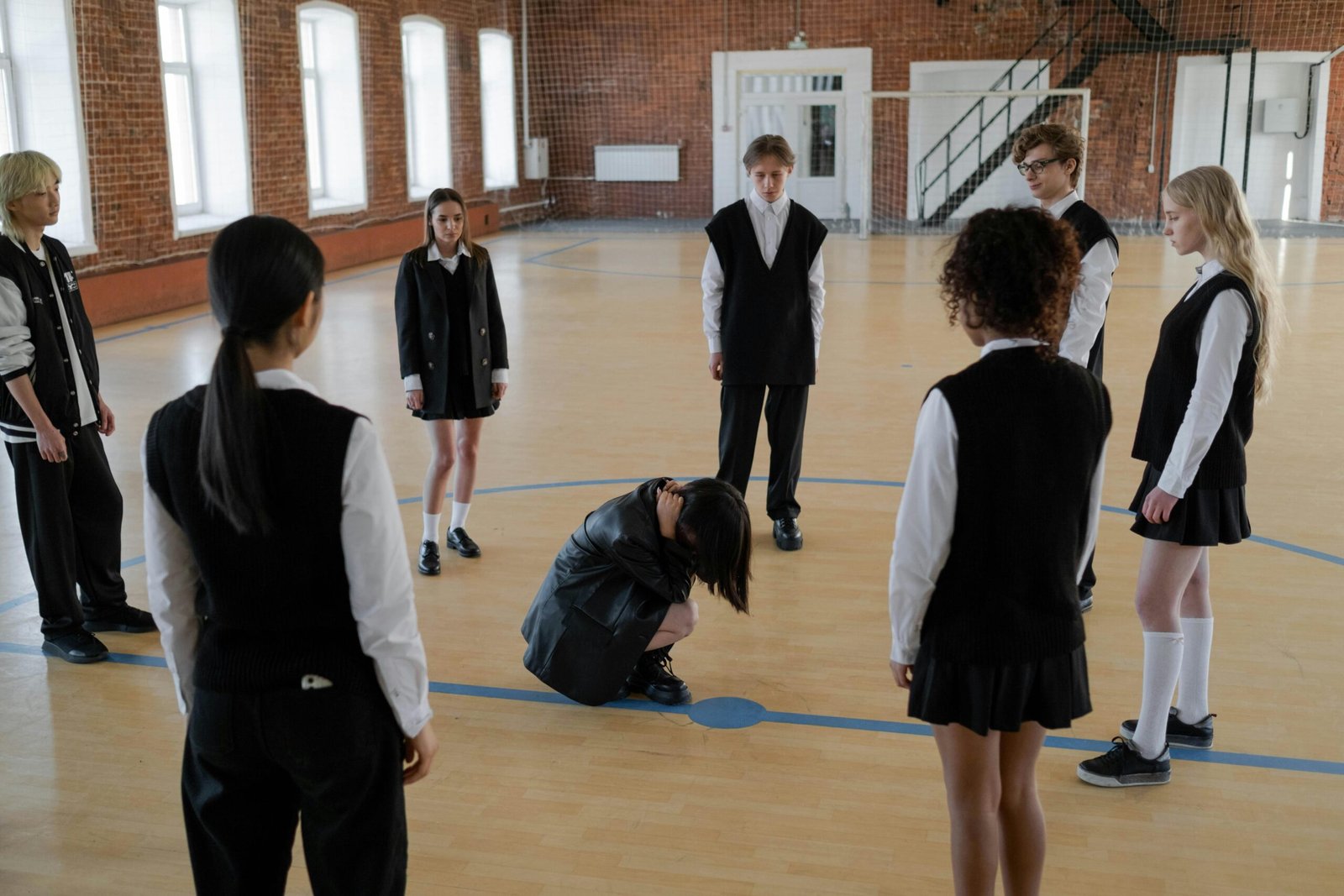In the ongoing debate surrounding school uniforms, a new study has added fuel to the fire, suggesting that mandatory uniforms could inadvertently hinder physical activity, particularly among primary school-aged girls. The research, which analyzed data from over a million children aged five to seventeen across 135 countries, sheds light on an alarming trend: in nations where school uniforms are prevalent, fewer young individuals are meeting the recommended daily physical activity guidelines set forth by the World Health Organization (WHO).

The WHO recommends that children and adolescents engage in at least 60 minutes of moderate-to-vigorous physical activity daily to maintain optimal health and well-being. However, the study reveals a disconcerting reality: a significant portion of students, especially girls, are falling short of these guidelines, and school uniforms could be a contributing factor.
The findings underscore a notable gender disparity, with fewer girls meeting the recommended activity levels compared to boys. On average, there exists a gap of 7.6 percentage points between boys and girls in meeting these guidelines, further emphasizing the need for targeted interventions to address this disparity.
So, what exactly is it about school uniforms that might be impeding physical activity, particularly among young girls? Several factors come into play:

- Restricted Movement: School uniforms often consist of formal attire such as skirts, blouses, or dresses for girls, which may limit their range of motion during physical activities. This restriction can dissuade girls from participating in active play during recess or physical education classes.
- Body Image Concerns: For some girls, wearing uniforms can exacerbate body image concerns, leading to self-consciousness and reluctance to engage in physical activities, especially in front of peers.
- Perceived Lack of Comfort: Uniforms may not be designed with comfort and functionality in mind, making it less appealing for girls to engage in physical activities that require flexibility and agility.
- Social Norms and Expectations: Gender norms within school environments may inadvertently discourage girls from participating in traditionally “masculine” activities or sports, perpetuating stereotypes and limiting their opportunities for physical activity.
- Limited Variety of Attire: Unlike boys who may have more flexibility in their choice of clothing, girls wearing uniforms may feel constrained by the lack of options, leading to a decreased interest in participating in physical activities.
Addressing these issues requires a multifaceted approach that involves stakeholders at various levels, including schools, policymakers, and communities. Here are some potential strategies to promote physical activity among young girls within the context of school uniforms:
- Flexible Uniform Policies: Schools can consider implementing more flexible uniform policies that allow for comfortable and practical attire suitable for physical activities. This may include options such as shorts, leggings, or athletic wear for girls.
- Promotion of Inclusive Sports and Activities: Schools should actively promote a diverse range of sports and physical activities that cater to the interests and preferences of all students, regardless of gender. Creating inclusive environments where girls feel encouraged and supported to participate is crucial.
- Education and Awareness: Educating students, parents, and educators about the importance of physical activity and its impact on overall health and well-being can help shift attitudes and perceptions surrounding girls’ participation in sports and active play.
- Investment in Facilities and Resources: Schools should prioritize the provision of adequate facilities, equipment, and resources to support physical activity initiatives. This may include playground upgrades, sports equipment, and qualified physical education instructors.
- Empowerment and Role Modeling: Empowering girls to take ownership of their health and well-being and providing them with positive role models can foster confidence and motivation to engage in physical activities.
while school uniforms serve various purposes such as promoting discipline and unity, it’s essential to recognize their potential unintended consequences on physical activity levels, particularly among young girls. By addressing the barriers posed by uniforms and implementing targeted interventions, we can create environments that support and encourage all students to lead active and healthy lifestyles. It’s time to rethink school uniform policies in light of promoting physical activity and overall well-being among our youth.

